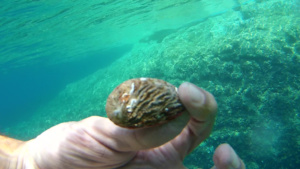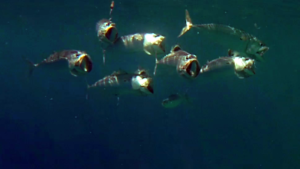Cerianthus membranaceus, the cylinder anemone or coloured tube anemone, is aspecies of large, tube-dwelling anemone in the family Cerenthidae. It is native to the Mediterranean Sea and adjoining parts of the northeastern Atlantic Ocean. Cerianthus membranaceus is a large, tube-dwelling anemone. The oral disc can have a diameter of up to 40 cm. There are two whorls of tentacles, amounting to about two hundred tentacles in all. Those in the outer whorl are long and slender and armed with cnidocytes (stinging cells) and are used for catching prey. anemone cilindrico cerianthus membranaceus
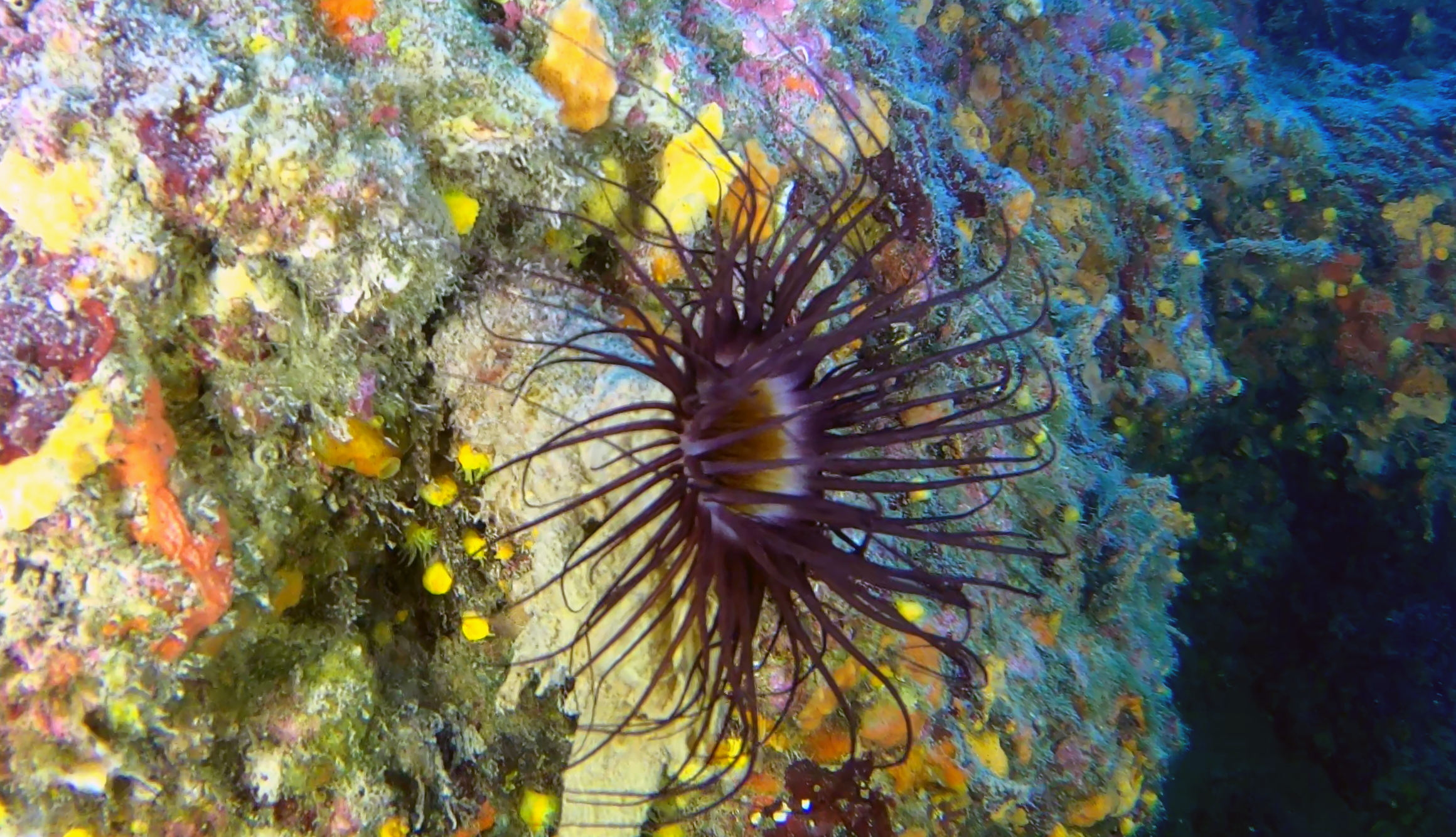
Cylinder anemone – Anemone cilindrico – Anemone tubolare – Cerianthus membranaceus – www.intotheblue.it
Tentacles in the inner whorl are shorter and function to transfer captured food to the central mouth. The tentacles are sometimes banded and come in an array of colours; white, yellow, orange, green, brown, blue, black, purple and violet. The colour of the inner whorl often contrasts with that of the outer whorl. The column of this tube anemone secretes mucus in which is embedded a unique type of cnidocytes that mesh together to form a fibrous structure. Sand and other particles adhere to this and it forms a leathery, protective tube up to 40 cm. in length. There is no pedal attachment and the lower end of the tube is buried in the soft substrate. The tube is open at the base which allows for escape of water when the animal retreats into the tube.
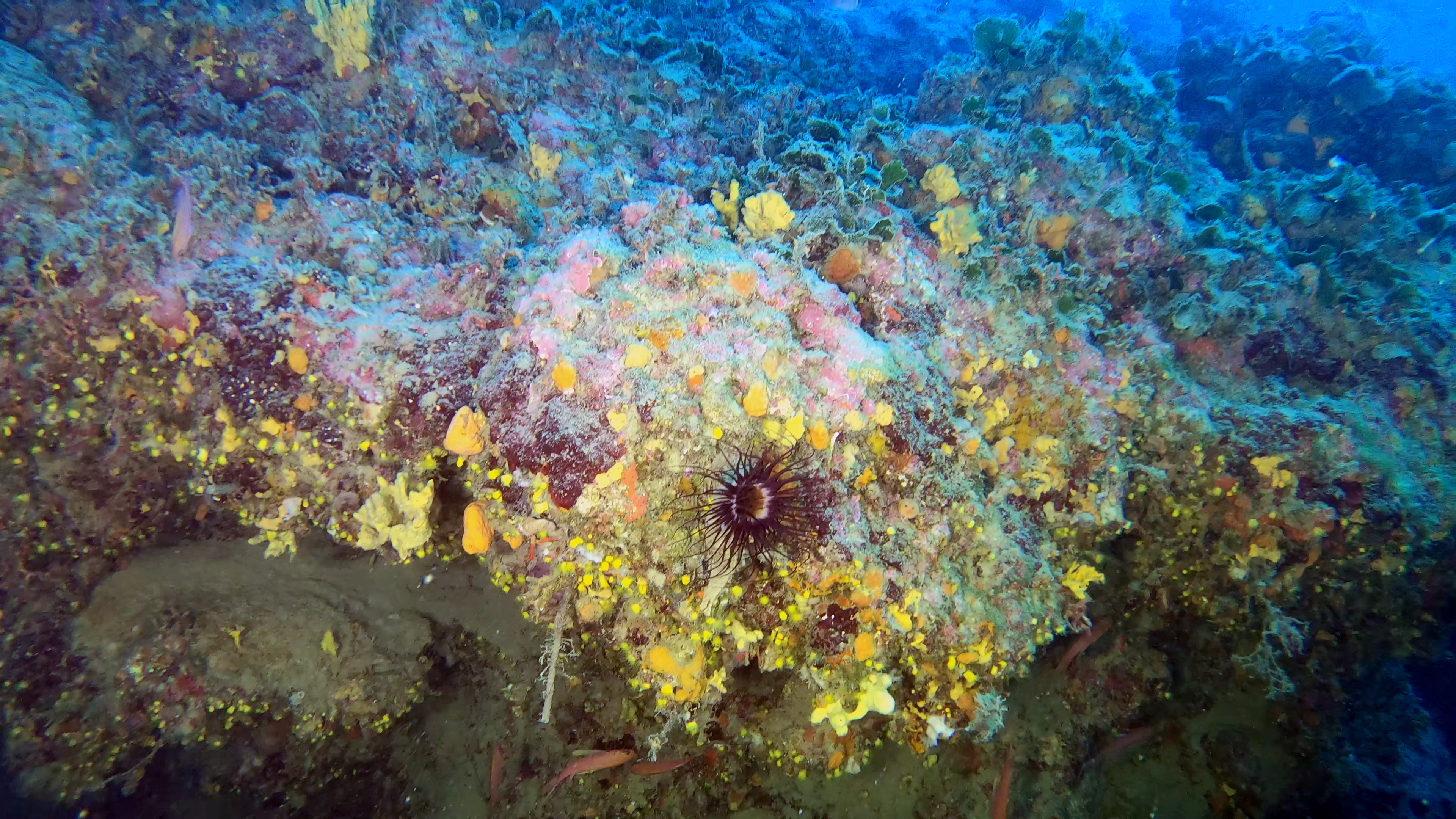
Cylinder anemone – Anemone cilindrico – Anemone tubolare – Cerianthus membranaceus – www.intotheblue.it
Cerianthus membranaceus is found on the seabed in shallow water in the Mediterranean Sea and the northeastern Atlantic Ocean, its range extending as far north as Britain. The tentacles of Cerianthus membranaceus do not retract, but the whole animal can retreat into its tube. As it does so, some of the tentacles grip the rim and pull the tube closed behind it, effectively making it disappear from view. The tube is normally a permanent home, but if the anemone is disturbed from below, as by a burrowing sea urchin, it can eject itself from its tube, move to a new location and secrete a new tube.
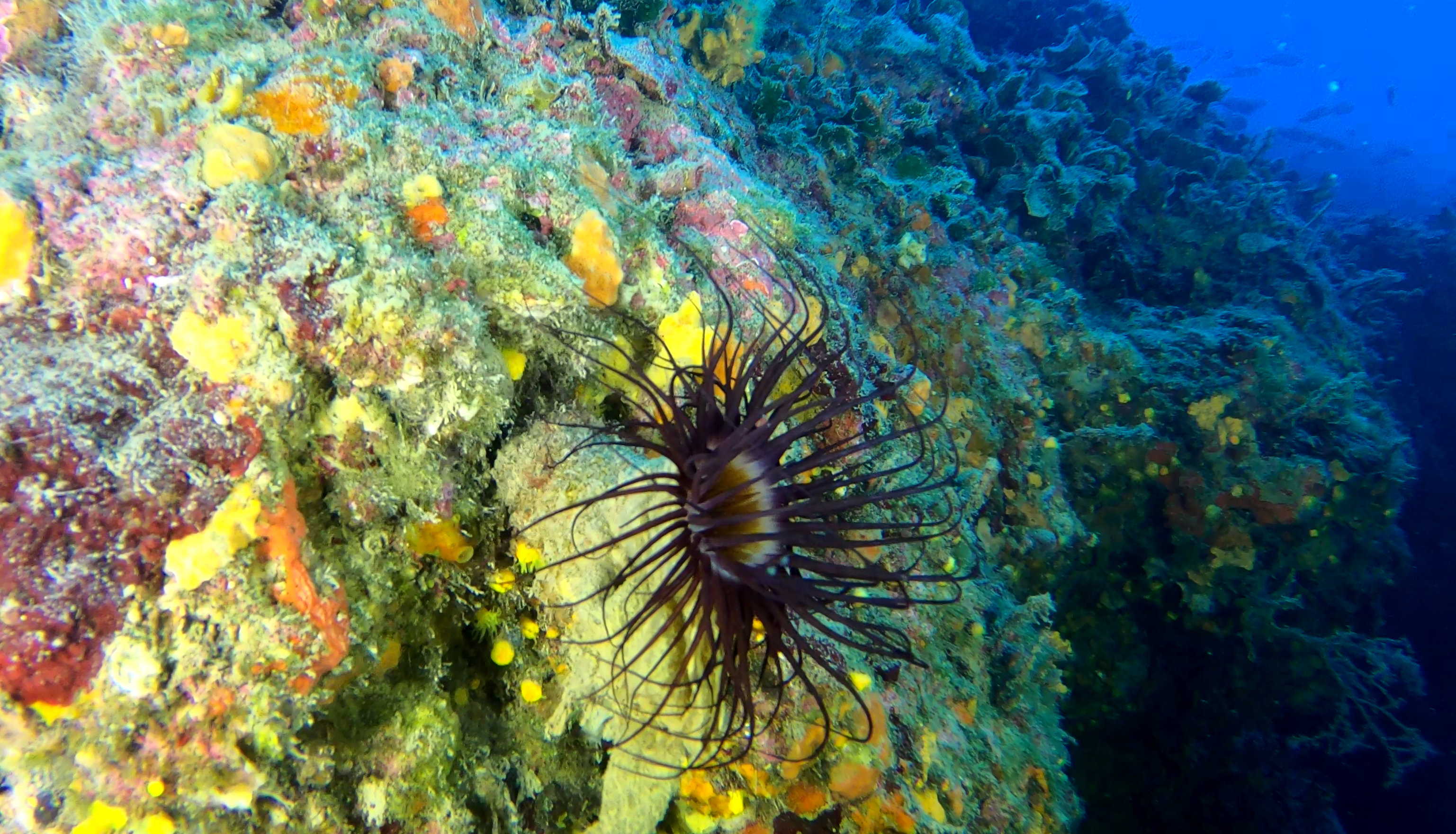
Cylinder anemone – Anemone cilindrico – Anemone tubolare – Cerianthus membranaceus – www.intotheblue.it
Cerianthus membranaceus feeds on small fish and planktonic organisms which it catches with its tentacles. It is a protandrous hermaphrodite, starting life as a male and becoming a female later. The gametes are liberated into the sea and after fertilisation, the developing larvae drift with the plankton for a long time before settling on the seabed and undergoing metamorphosis into juvenile polyps.
(extract from Wikipedia)
 English
English Italiano
Italiano
